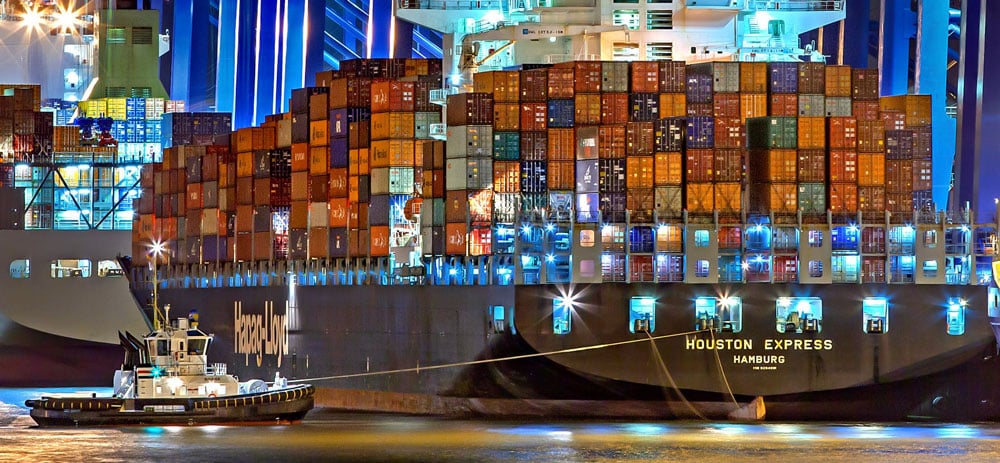The trade war with China has been cited as a primary cause of much of the recent economic volatility, from the stock market dive last fall to fluctuations in oil prices. While it's clear that tariffs are creating some level of instability as companies and investors try to guess what will happen next, many retailers and brands have already taken action in order to prepare for the worst.
As we know, in September 2018, the U.S. implemented tariffs on $200 billion worth of Chinese goods (in addition to the $50 billion already in place). These tariffs carried an initial rate of 10 percent, with a plan to increase them to 25 percent by Jan. 1, 2019, while adding $267 billion in additional goods to the list. In December, the U.S. and China agreed to a temporary truce, moving the Jan. 1 date to March 1, 2019, as the two sides work towards a larger trade deal.
The move in September 2018 caused many retailers and brands to spring into action, front-loading deliveries of 2019 product into the fall of 2018 before the originally planned Jan. 1 rate increase. Inventories of some retailers ballooned, and freight prices for containers going from China to the U.S. surged over 100 percent from the prior year, according to CNBC. These cost increases and rising inventory levels have created major challenges for some retailers already operating with marginal balance sheets.

















